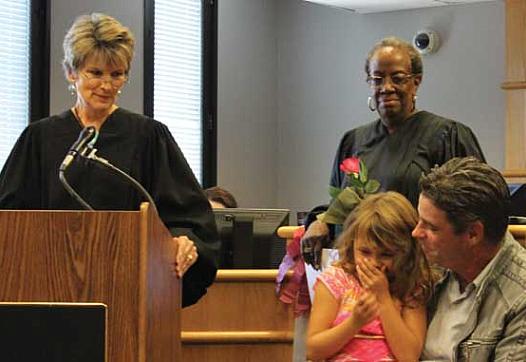
Are parents whose children are being removed from their homes following allegations of abuse and neglect being billed for the cost of foster care and family reunification services? The signs suggest yes.

Are parents whose children are being removed from their homes following allegations of abuse and neglect being billed for the cost of foster care and family reunification services? The signs suggest yes.
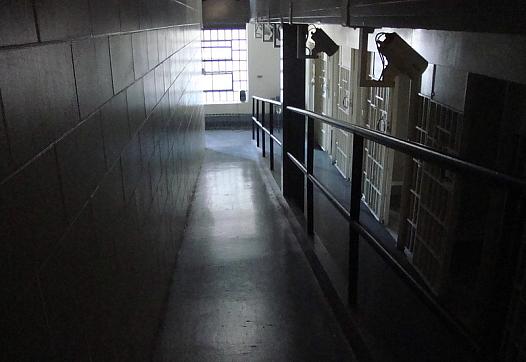
In September of 2019, three people in the Shasta County Jail died within a two-week span. Does that mean my county is an outlier? A reporter seeks some answers.

The Office of the Children’s Ombudsman will investigate complaints concerning the Virginia Department of Social Services and will have a heavy focus on foster care and child-placing decisions.
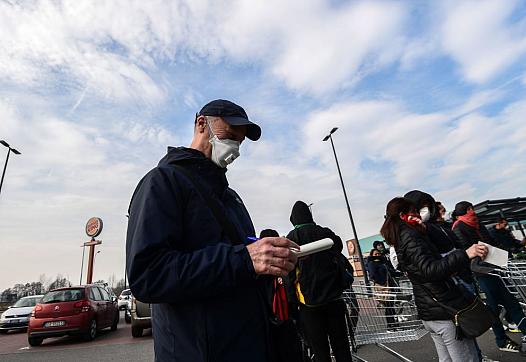
Ace medical reporter Lisa Krieger of the San Jose Mercury shares timely reporting tips, with added insights from Stanford's Dr. Seema Yasmin and communications expert Glen Nowak.
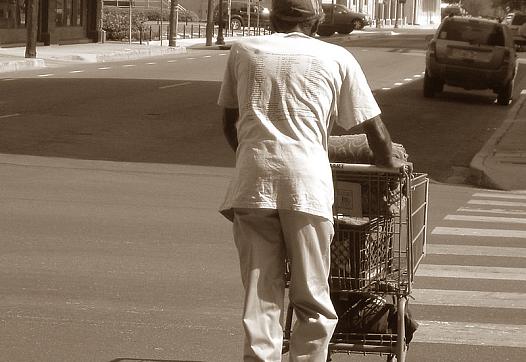
From extreme loneliness to heart problems to vision impairment, how does living without a home affect or contribute to these conditions as a person ages?
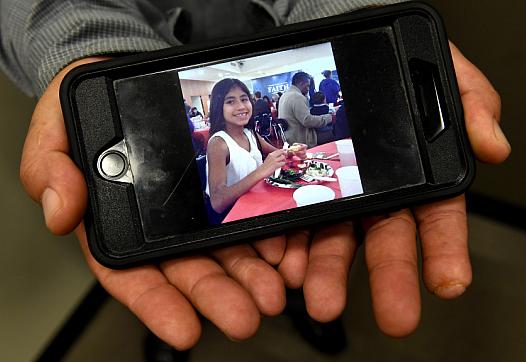
In August 2018, three high school students and an elementary school student in Rancho Cucamonga, California killed themselves. I wanted to do more than just report the grim facts of their deaths — but how?

This story was produced as part of a larger project led by Will James, a participant in the 2019 National Fellowship....

Our long pre-history has primed our brains to think about the short term during acutely stressful scenarios, says UCSF's Alexandra Crosswell.
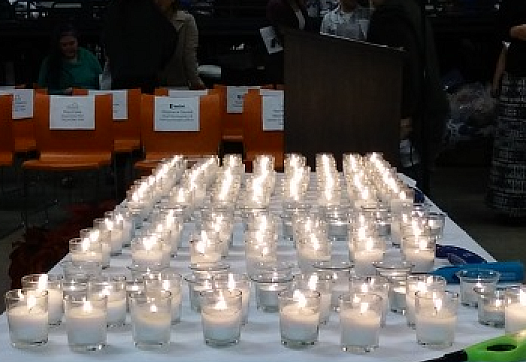
One by one, elected officials and others stepped somberly to the microphone in a cheerless homeless shelter in San Jose to read the names of the dead: Michael Guilford. Dean Rowland. John Doe. The list stretched on.
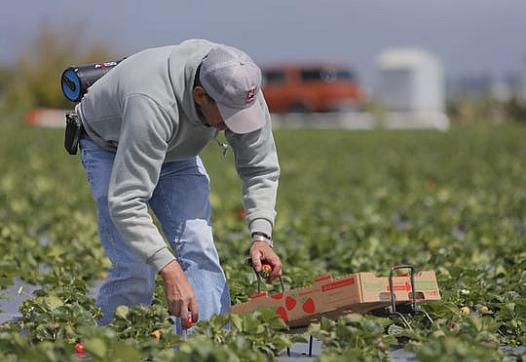
This story was produced as a project for the 2020 Impact Fund....